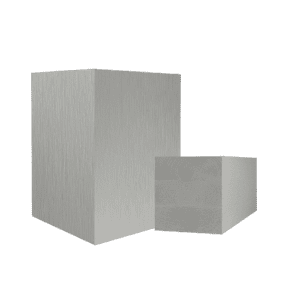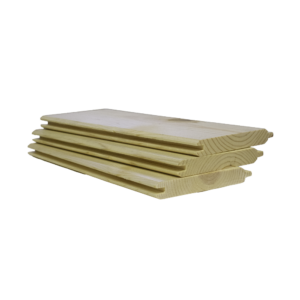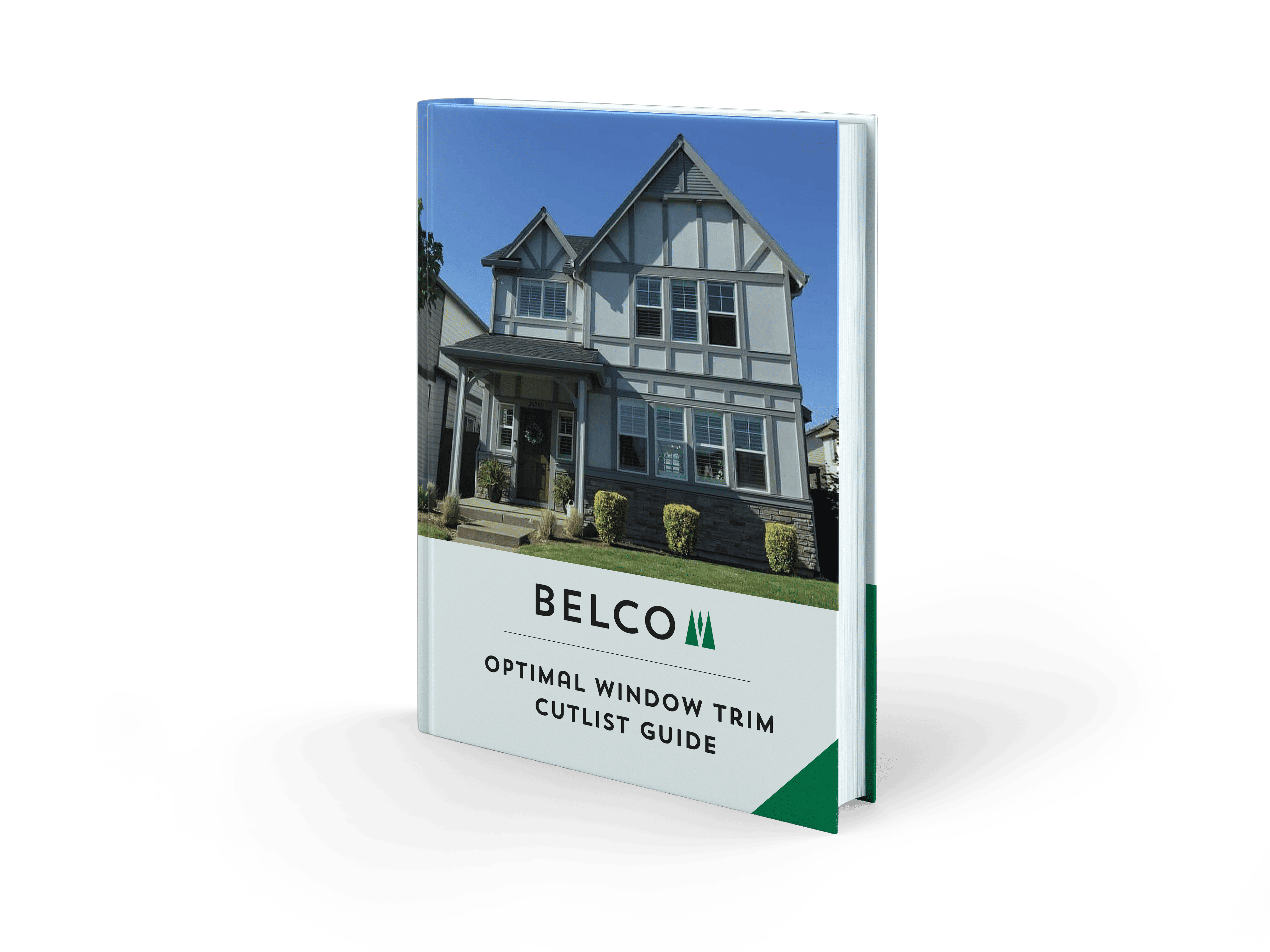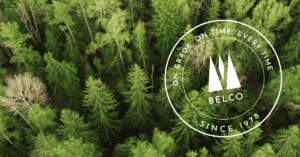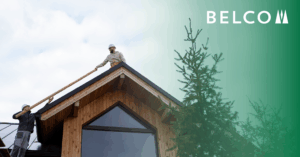A better cedar trim alternative is now available. Trim is the final finishing feature on the exterior of most homes. It’s what helps cover siding edges and frames windows and doors. And while trim can be found in a wide range of different materials, cedar is probably one of the most common used.
Cedar is easy to get and easy to work with, and it also resists some of the issues of other woods such as insect activity. However, cedar also has drawbacks for both homeowners and installers. While you may have worked with cedar previously, better materials are now available that can help make those issues a thing of the past.
Cedar Trim Problems
The following five problems with cedar trim may make you consider switching materials before your next project:
1. Moisture Issues
While cedar tends to hold up better over the long term than some other woods, it’s still susceptible to moisture issues. This includes not only rainfall and snow, but also high humidity levels in the air. Excessive moisture can cause the trim to swell, check or crack, and rot over time. In turn, this leads to a lot of callbacks from homeowners wanting their trim replaced or repaired and wondering why it isn’t holding up or lasting. This can be particularly problematic when the cedar trim is being paired with another type of siding material such as fiber cement or engineered siding.
Homeowners will expect their trim to last as long as the siding without maintenance or intervention, so when the cedar succumbs to the moisture problems to which it’s prone. This can create additional issues with clients.
2. Cedar Bleed
If you’ve worked with cedar trim in the past, then you’ve likely encountered cedar bleed. This is the phenomenon where the tannins in the cedar leach out through the paint, staining light colored trim and causing it to look streaky, dirty, or stained.
Cedar bleed can happen in a short period of time after you paint or install the trim, or it can occur months down the road. Regardless of when it happens, it’s likely to cause callbacks on the part of homeowners who are now wondering why their previously white or light colored trim is now streaky and impossible to get clean.
While cedar bleed can be dealt with by using the right kinds of primers to block the tannins, this leads to added expense and time for a project. For this reason, despite cedar bleed being a known issue, it’s still a common one, with many installers still failing to prime it properly.
3. Mildew Problems
Like all wood, cedar contains some level of moisture or water content. Depending on how long the trim has been exposed to moist air and picks up moisture content can lead to mildew growth. Sometimes it’s easily seen, and the right type of primer can help keep it from bleeding through the paint and showing itself on the surface of the freshly painted trim within a few months.
Other times, though, it may not be immediately obvious that the wood has a mildew problem. When you paint cedar using any type of oil-based paint without proper primers, you end up sealing in the moisture. Moisture leads to mildew, that spreads, often showing up on the top of the paint. Now you’ll have another type of callback to contend with. The homeowner wants to know why their home has a mildew problem on their new trim.
4. Paint Problems: Cracking and Bubbling
Cedar needs to be primed and painted properly. This is just inherent to its nature, and it can’t be worked around. Not applying primer, or the right amount of the correct primer will create an issue. Issues where the paint begins to stain, flake, or blister on the trim material.
Sometimes this happens within a few days of the trim being painted and installed. It’s more common to find these issues popping up after a few months. The trim installation and top coat paint job is still fresh. The homeowner will expect a return visit to correct the issue. The only thing to do is to remove the bubbling top coat paint, prime the material properly, then repaint. This leads to lost time and money even when preparing the cedar trim properly before installation.
5. Diminished Durability
Although cedar has a lot of great qualities, over the years, it’s durability has diminished. It has a tendency to split when fastened. Also, due to the soft nature of cedar it also wears poorly and damages easily during installation. It is important for the installer to carefully work with cedar. Any rough handling will result in trim that looks damaged before it even gets installed. This can lead to longer installation times, more waste material, higher costs, and more callbacks. Homeowners will discover that their trim isn’t aging at the same rate as the rest of their siding.
A Better Cedar Trim Alternative
Rather than using trim that is subject to multiple issues consider using a trim that’s been treated with preservatives instead.
The preservative-treated XT Trim from Belco helps to eliminate issues that are inherent with cedar. Preservative-treated trim is stronger and more durable than cedar and less prone to splitting when fastened. Factory primed XT Trim won’t have the same issues of tannin bleed-through, mildew growth, or paint adhesion. So you’re also less likely to have these same issues as you’ll get when using cedar trim.
Preservative treated trim, such as Belco’s XT Trim looks, cuts, and handles like the wood trims you’re already familiar with. However, it doesn’t require the same level of care in priming, sealing, and painting to ensure the right level of coverage. It’s a lot more stable and less prone to the issues of cedar.
You’ll find yourself completing jobs more quickly with better results. While lowering overhead, time-consuming work stops, and expensive callbacks. A better cedar trim alternative provides a better quality of material for your clients. The result is more referrals and references for future jobs helping to grow your business.
Get a Better Cedar Trim Alternative with XT Trim by Belco
XT Trim is the answer to most of the issues installers and homeowners face when using traditional cedar trim. Stop annoying prep work and expensive callbacks and make the switch to durable, preservative treated XT Trim instead, and get better results on all your jobs.
If you’re ready for a better trim, contact the experts at Belco Forest Products today!


